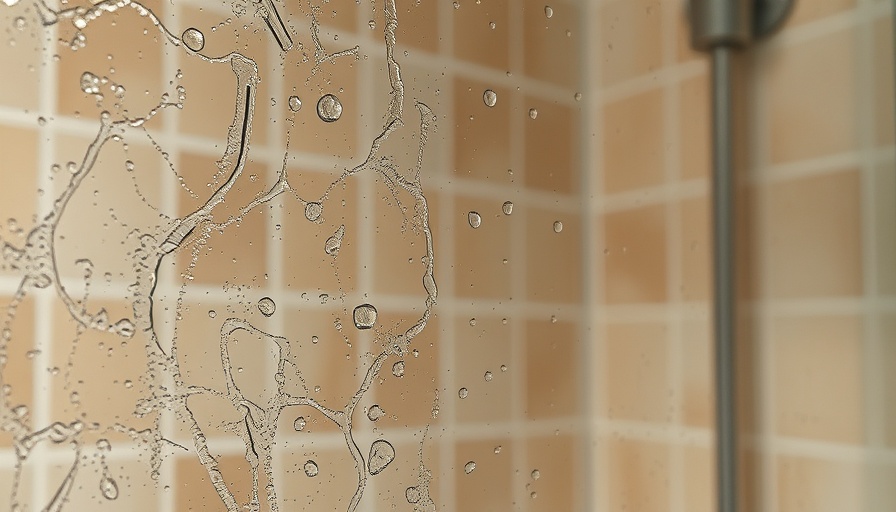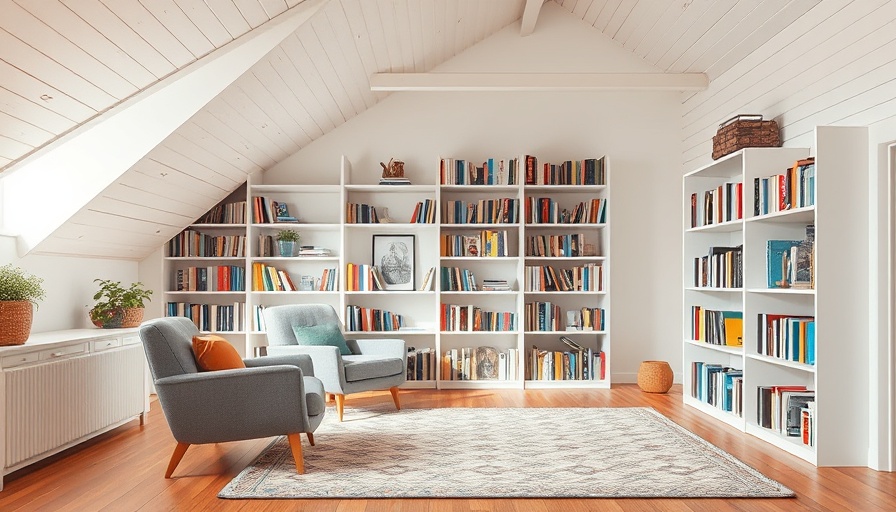
Understanding Hard Water Stains: The Unwanted Guests on Your Glass
Hard water stains can seem like an unavoidable nuisance when it comes to maintaining the pristine look of your glass surfaces. These unsightly marks are primarily caused by minerals such as calcium and magnesium left behind after water has evaporated. Not only do they mar the beauty of your windows, shower doors, or glassware, but they can also be tough to remove if left untreated for too long. In this guide, we’ll explore various effective methods to banish those stubborn hard water stains for good, ensuring your glass stays sparkling clear.
Why Hard Water Stains Matter: The Hidden Impact on Your Home
While you may think of hard water stains as merely unsightly blemishes, they can have more than just an aesthetic impact on your home. Over time, these mineral deposits can etch and scratch glass surfaces, leading to costly repairs or replacements. This is particularly true for shower doors which, if left untreated, may require more than just traditional cleaning methods. Therefore, acting quickly and efficiently is key to preserving both the look and longevity of your glass.
Choose Your Weapon: Different Techniques for Removing Hard Water Stains
Addressing hard water stains can be tackled with several household items and methods. Here are a few that stand out:
- Vinegar and Baking Soda: An age-old remedy, a mixture of vinegar and baking soda can effectively dissolve mineral deposits. Simply mix them into a paste and apply to the affected area, then wipe clean with a damp cloth.
- Lemon Juice: The citric acid in lemon juice acts similarly to vinegar. Apply fresh lemon juice to the stains, let it sit, and then scrub gently with a soft cloth for sparkling results.
- Commercial Products: For those who prefer a quick-fix, various commercial hard water stain removers are available. Just be sure to choose one that is safe for glass and follow the manufacturer's instructions.
Prevention: Simple Tips to Keep Hard Water Stains at Bay
Prevention is always better than cure! Here are some practical tips to minimize hard water stains from appearing in the first place:
- Wipe Down Surfaces Regularly: After using your shower or washing dishes, quickly wipe down the glass surfaces to remove excess moisture.
- Invest in a Water Softener: If hard water is a continuous problem in your area, consider installing a water softener for your home to reduce mineral deposits from the get-go.
- Use Squeegees: For glass shower doors, keep a squeegee handy to swipe away water after each use, helping to cut down on stains from the start.
Alternative Methods: Exploring Eco-Friendly Solutions
If you're inclined towards eco-friendly solutions, there are natural alternatives you can try:
- Baking Soda Paste: Mix baking soda with a little water to create a paste that can be scrubbed onto stains without harsh chemicals.
- Essential Oils: Some essential oils, like tea tree or eucalyptus, possess properties that can help dissolve mineral deposits while leaving a pleasant scent.
When DIY Is Not Enough: Knowing When to Call in the Professionals
While numerous DIY methods exist to tackle hard water stains, there may be instances where it’s best to call in professionals. If hard water stains are exceptionally stubborn, or if they have etched into the glass, professional cleaning services can provide deeper cleaning without risking damage to your surfaces.
The Takeaway: Enjoying Cleaner Glass Surfaces in No Time
Removing hard water stains can seem daunting, but with the right approach and tools at your disposal, it becomes a manageable task. Incorporate some of the prevention tips into your routine, and you’ll enjoy clearer glass surfaces in no time. Remember, consistency is key; a little effort each day can save you from dealing with stubborn stains in the future!
 Add Row
Add Row  Add
Add 



Write A Comment